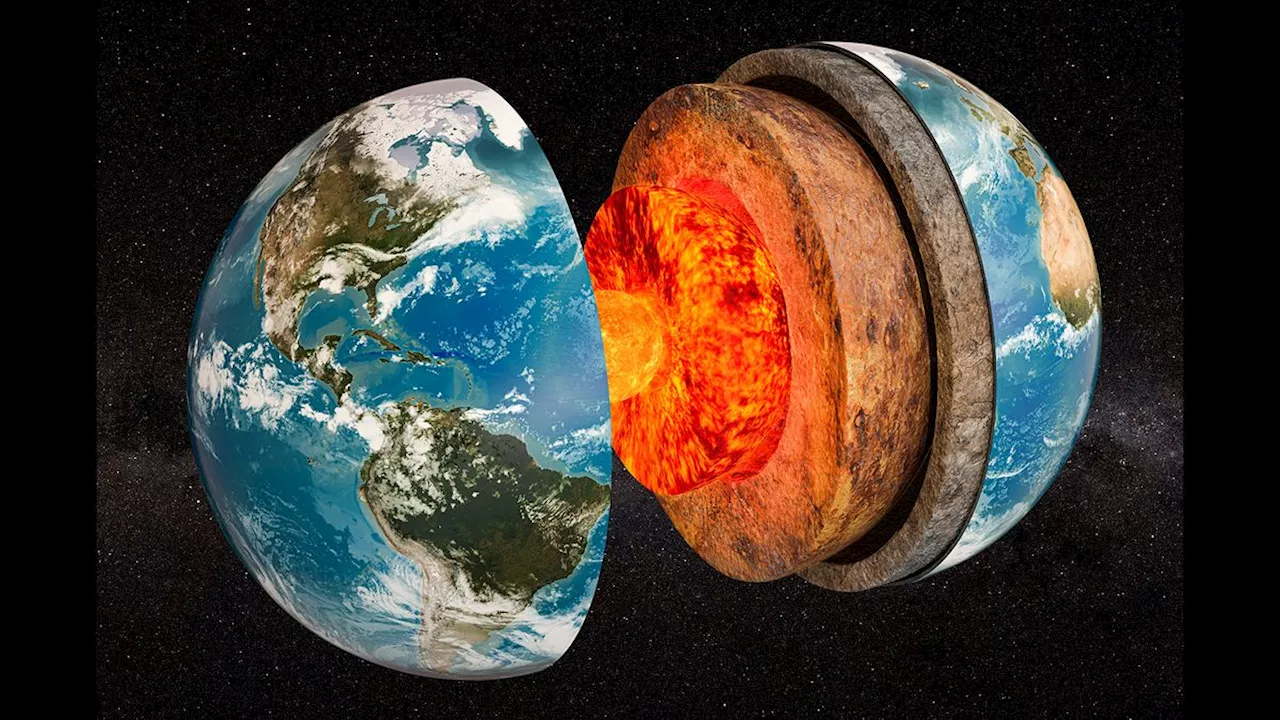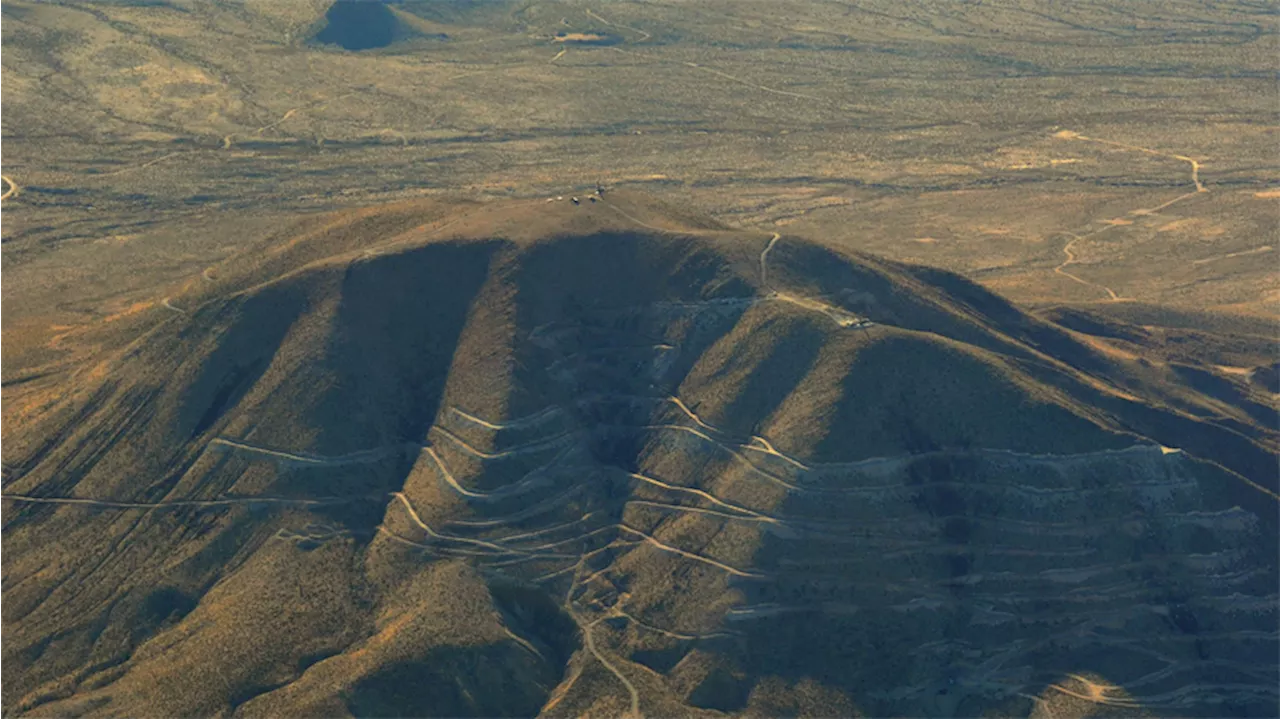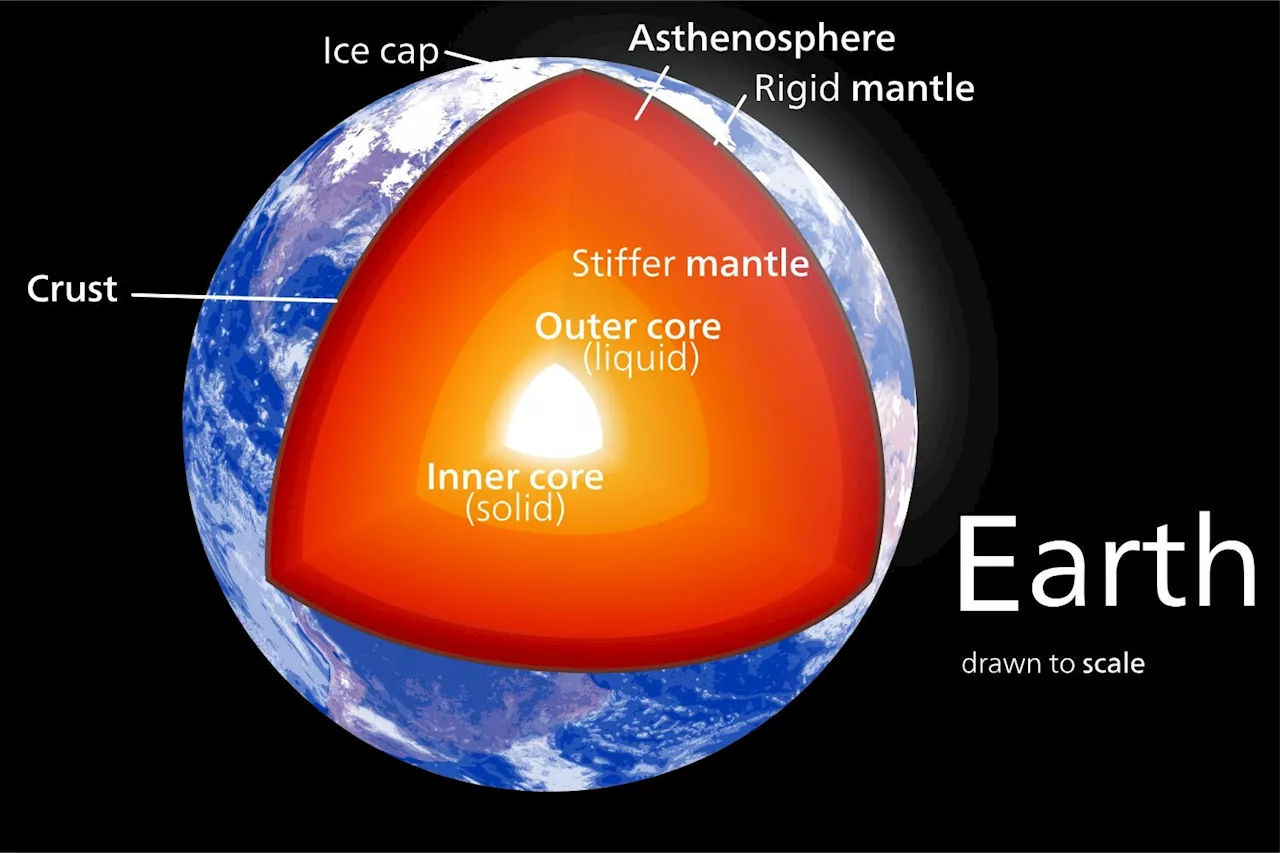New research suggests that the Earth's inner core may be undergoing both shape and rotational changes. Analyzing seismic waves from repeating earthquakes, scientists discovered differences in the waves passing through shallow regions of the inner core, indicating possible shape alterations. This, combined with previous findings of a slowed rotation rate, provides a deeper understanding of the complex dynamics occurring deep within our planet.
At the center of our planet lies a very hot rotating ball of mostly iron and nickel. Scientists infer features of this innermost geographic layer—like the fact that it’s divided into a liquid outer core and a solid inner core—by analyzing how it distorts seismic waves caused by earthquakes. Using this method, seismologists from the U.S. and China have built on previous studies to suggest that the last two decades may have seen changes in both the inner core’s shape and rate of rotation.
Their work, detailed in a paper, sheds light on previously unknown dynamics taking place 1,802 miles (2,900 kilometers) beneath our feet.Repeating earthquakes produce similar seismic waves at different times. By analyzing seismic waves from repeating earthquakes that pass through Earth’s core, scientists can track changes in the core over time. Previous research using this method suggested that around 2010, the inner core’s rotation slowed to a rate below that of the rest of the planet—after previously spinning faster—according to researchers. In the recent study, seismologist John E. Vidale from the University of Southern California, Los Angeles, and his colleagues analyzed pairs of repeating earthquakes from before and after 2010. They focused on cases where, by the time the second earthquake struck, the inner core’s rotation had returned to the same position as it was during the first earthquake. This meant that any difference between the seismic waves of the two earthquakes couldn’t have been caused by the rate of rotation. The team then discovered that the seismic wave pairs that crossed shallow regions of the inner core—regions close to its boundary with the outer core—showed surprising differences. The researchers suggest that these differences could point to changes in the shape of our planet’s inner core. “The changes near the inner-core boundary most likely result from viscous deformation driven by coupling between boundary topography and mantle density anomalies or traction on the inner core from outer-core convection,” the researchers explained in the study. In other words, the inner core’s shape could be changing over time because of complex interactions among the Earth’s layers. The researchers found that changes in seismic waves traveling through the inner core are likely caused by both its rotation and activity near its boundary, helping to settle a long-standing debate. “Previous research has proposed that the inner core has undergone either rotational or shape changes through time, but not both simultaneously,” the researchers further explained in a statement. While these results might not have an obvious impact on the average person’s day-to-day life, they provide insight into the obscure mechanisms that run this planet we call home.
EARTH CORE INNER CORE ROTATION SHAPE CHANGES SEISMIC WAVES
United States Latest News, United States Headlines
Similar News:You can also read news stories similar to this one that we have collected from other news sources.
 Earth's Inner Core May Have a Hidden Innermost LayerNew research suggests that Earth's inner core, already known for its extreme heat and density, might have a smaller, even hotter layer at its center. Scientists analyzed seismic wave data and found evidence of distinct changes in how waves travel through the inner core, hinting at a possible two-layered structure.
Earth's Inner Core May Have a Hidden Innermost LayerNew research suggests that Earth's inner core, already known for its extreme heat and density, might have a smaller, even hotter layer at its center. Scientists analyzed seismic wave data and found evidence of distinct changes in how waves travel through the inner core, hinting at a possible two-layered structure.
Read more »
 How Well Do You Know Earth's Inner Structure?This article presents a quiz on Earth's interior structure based on seismic wave analysis. It highlights the history of understanding Earth's core, dating back to Isaac Newton and Inge Lehmann's work, and encourages readers to test their knowledge.
How Well Do You Know Earth's Inner Structure?This article presents a quiz on Earth's interior structure based on seismic wave analysis. It highlights the history of understanding Earth's core, dating back to Isaac Newton and Inge Lehmann's work, and encourages readers to test their knowledge.
Read more »
 Searching A.J. Brown’s Book ‘Inner Excellence’ for the Lessons He May Have LearnedThe Eagles’ wide receiver spoke to reporters about the book he was caught reading on the sideline. A deeper look at the text offers reminders about the stress professional athletes are under.
Searching A.J. Brown’s Book ‘Inner Excellence’ for the Lessons He May Have LearnedThe Eagles’ wide receiver spoke to reporters about the book he was caught reading on the sideline. A deeper look at the text offers reminders about the stress professional athletes are under.
Read more »
 Alien: Earth Teaser Unveils Xenomorph Crash Towards EarthFX's new 'Alien' series, 'Alien: Earth', premieres on Hulu this summer, promising a terrifying continuation of the sci-fi horror franchise. A teaser reveals a xenomorph crash landing a spaceship on Earth, setting the stage for a desperate fight for survival.
Alien: Earth Teaser Unveils Xenomorph Crash Towards EarthFX's new 'Alien' series, 'Alien: Earth', premieres on Hulu this summer, promising a terrifying continuation of the sci-fi horror franchise. A teaser reveals a xenomorph crash landing a spaceship on Earth, setting the stage for a desperate fight for survival.
Read more »
 USA Rare Earth Achieves Breakthrough in Domestic Rare Earth ProductionUSA Rare Earth successfully produces high-purity dysprosium oxide from its Texas Round Top deposit, marking a significant advancement in domestic rare earth production.
USA Rare Earth Achieves Breakthrough in Domestic Rare Earth ProductionUSA Rare Earth successfully produces high-purity dysprosium oxide from its Texas Round Top deposit, marking a significant advancement in domestic rare earth production.
Read more »
 Detecting Methane on Earth-like Exoplanets: A Promising Path to Finding Life Beyond EarthA new study published in The Astronomical Journal explores the potential of using a statistical method called BARBIE to detect methane on Earth-like exoplanets. The study highlights the importance of methane as a biosignature and the challenges associated with its detection in the presence of other atmospheric components like water. The Habitable Worlds Observatory (HWO), planned for launch in the 2040s, will utilize advanced techniques to search for methane and other biosignatures on potentially habitable exoplanets, advancing our quest to find life beyond Earth.
Detecting Methane on Earth-like Exoplanets: A Promising Path to Finding Life Beyond EarthA new study published in The Astronomical Journal explores the potential of using a statistical method called BARBIE to detect methane on Earth-like exoplanets. The study highlights the importance of methane as a biosignature and the challenges associated with its detection in the presence of other atmospheric components like water. The Habitable Worlds Observatory (HWO), planned for launch in the 2040s, will utilize advanced techniques to search for methane and other biosignatures on potentially habitable exoplanets, advancing our quest to find life beyond Earth.
Read more »
